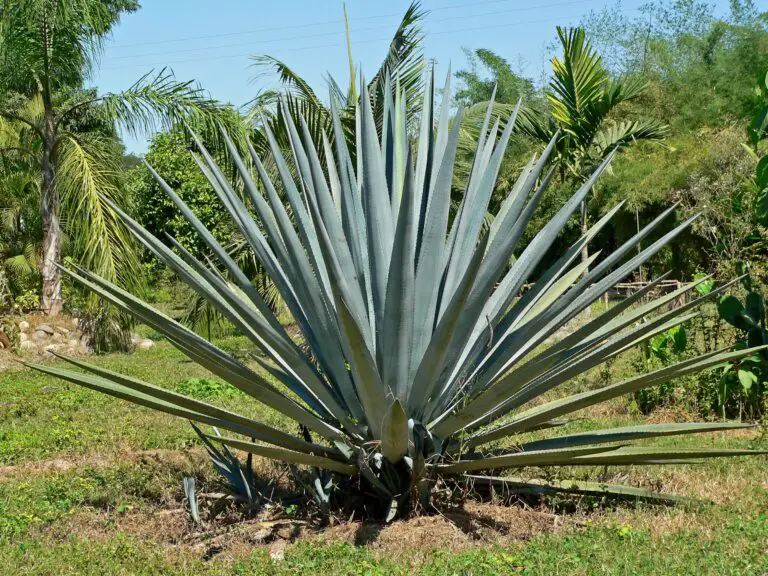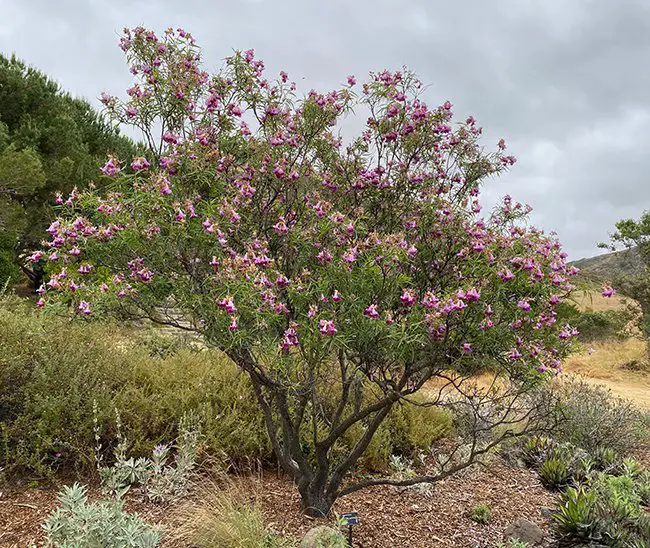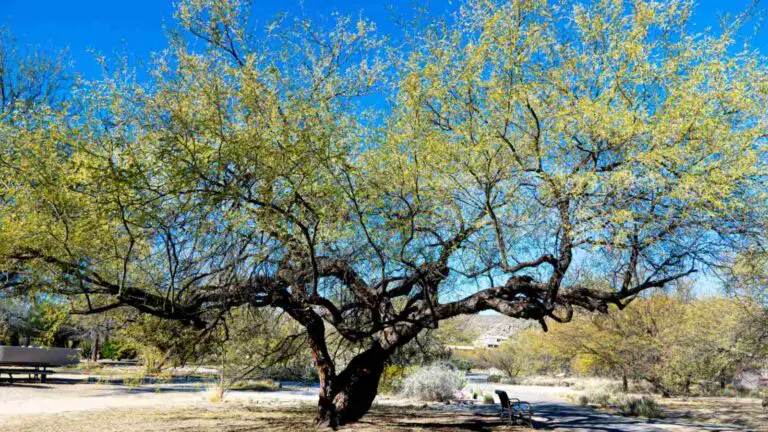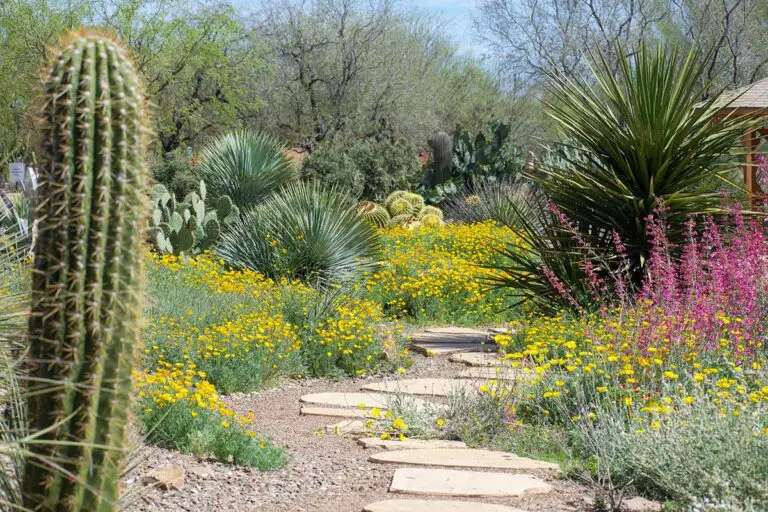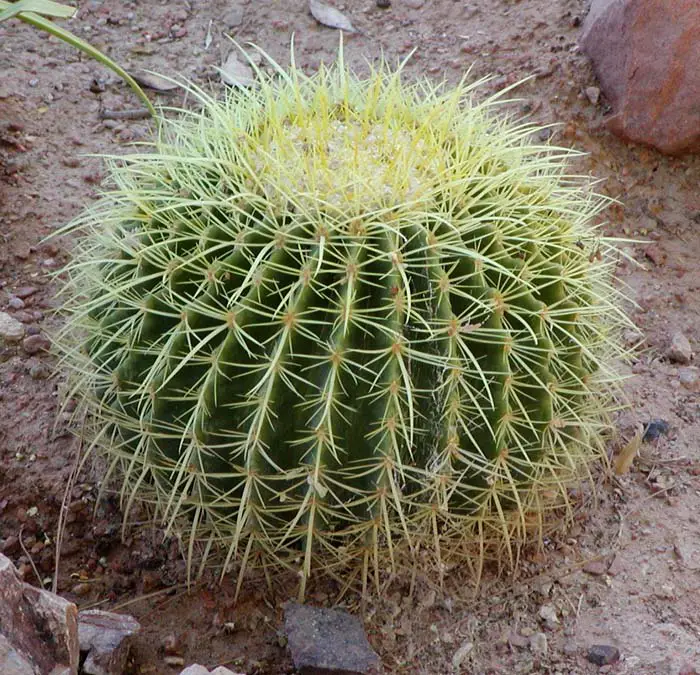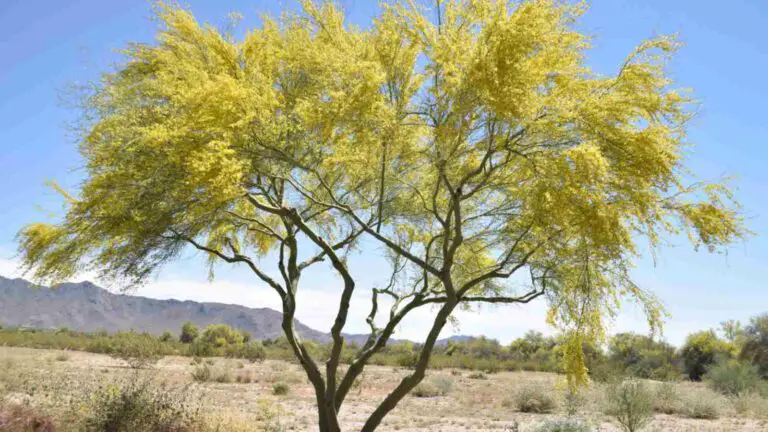Unveiling Acacia (Acacia spp.): Pristine Xerophytes Bringing Elegance to Your Garden Landscape
Garden enthusiasts are no strangers to the allure of botanical riches. We are drawn to gardens not just by their colorful blooms, but by the stories each plant tells about its natural environment and the unique qualities it brings to a designed space. One such collection of plants that have captured the imagination of landscapers and botanists alike is the genus Acacia. Uniquely adapted to arid conditions yet rich in aesthetic appeal, Acacia species—commonly known as wattles—not only stand out for their beauty but also for their hardiness, making them an ideal candidate for a diverse and sustainable garden landscape.
As we take a deeper look at Acacia, this post aims to provide gardening enthusiasts with a holistic view of how these elegant xerophytes can not only enhance the visual appeal of their outdoor spaces but also contribute to a thriving, low-maintenance ecosystem that is both water-wise and welcoming to wildlife.
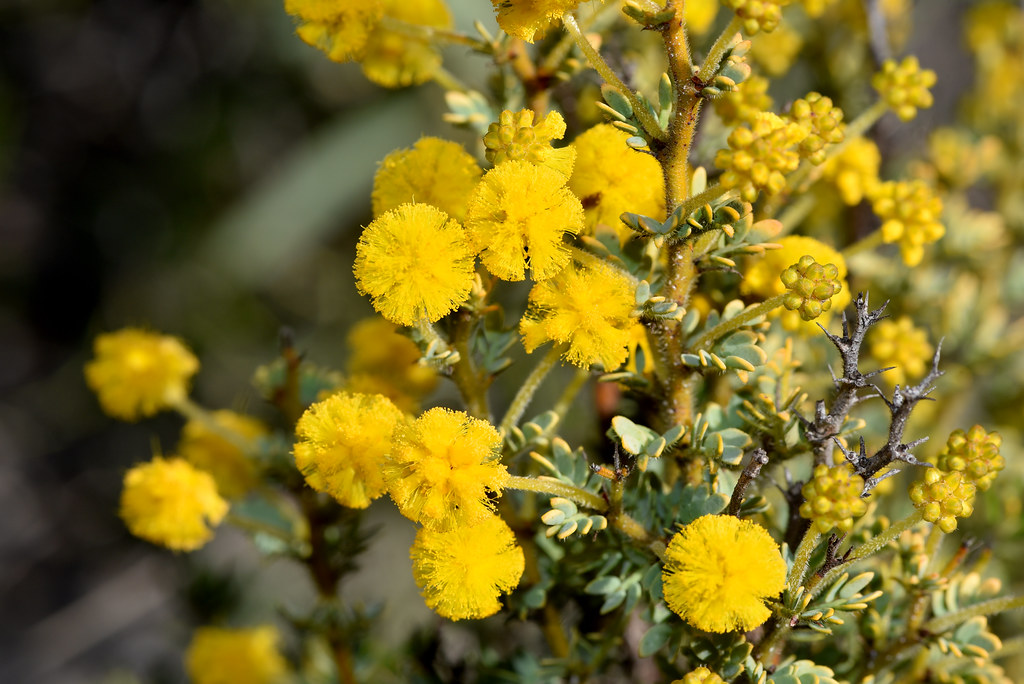
Acacia: The Pristine Xerophytes
A xerophyte is a species of plant that has adapted to survive in an arid environment. They’ve evolved a range of features that enable them to thrive where water is scarce, such as reduced leaf surfaces, deep taproots, or the ability to store water. Acacias, which belong to the legume family (Fabaceae), are quintessential xerophytes. They’ve honed their water-saving strategies in some of the harshest climates on Earth, which, paradoxically, produces some of the most delicate-looking foliage and flowers in the plant kingdom.
The Acacia genus is quite vast, with over 800 known species distributed around the globe, especially in Australia, Africa, and the Americas. In gardening and landscaping, they are renowned for their ornamental and structural value, often stealing the spotlight with their intricate, globular blooms and finely textured foliage.
Varieties of Acacia for Your Garden
Selecting the right type of Acacia for your garden involves understanding their diversity and the unique growing conditions each species prefers. Here’s a glimpse into a few of the popular Acacia varieties known for their suitability in garden landscapes.
Acacia dealbata (Silver Wattle)
Originating from Australia, the Silver Wattle is notable for its silvery blue-green fern-like leaves and fragrant yellow flowers that bloom in dense, spherical clusters. It is a medium to large shrub or tree, with a spreading growth habit that requires ample space to show off its graceful form.
Acacia baileyana (Cootamundra Wattle)
This Australian native is a smaller member of the Acacia family, often used as a garden accent or in mixed borders. Its feathery blue-gray phyllodes and golden fragrant flowers make it a striking addition to any garden setting.
Acacia cognata (River Wattle)
A more compact and shrub-like Acacia, the River Wattle is a popular choice for smaller gardens or as a potted specimen. It boasts graceful weeping branches, soft green phyllodes, and a profusion of pale yellow flower clusters.
Acacia melanoxylon (Blackwood, Australian Blackwood)
A larger tree species, the Australian Blackwood offers a bold presence with its dark-green foliage and cream to yellow flowers. It’s a common choice for providing shade in larger garden designs and is cultivated for its durable timber as well.
What these species share is a preference for full sun and extremely well-drained soil, making them an excellent choice for gardens in Mediterranean climates or those with harsh, dry summers. Once established, they are relatively low-maintenance, although they may require minimal watering during extended dry periods.
Designing with Acacia
The elegance and versatility of Acacia plants make them an outstanding addition to garden designs of all styles. Their open, yet distinct form can serve as a focal point, a screen, or even as a canopy in the right context. Here are some ideas for integrating Acacia into your garden’s aesthetic.

Focal Points and Hardscape Complements
Larger species of Acacia with their spreading canopies are perfect for creating shaded seating areas or for framing striking landscape features such as sculptures or water elements. Their often-sculptural trunks and architectural presence can provide a sense of permanence and natural beauty that contrasts wonderfully with contemporary designs.
Enclosed Gardens and Microclimates
In more sheltered portions of the garden or enclosed spaces, a stand of Acacias can create a serene microclimate, offering protection from winds and creating a dappled light effect underneath their canopies. This is particularly effective in Japanese-style gardens or any area that necessitates a controlled, tranquil atmosphere.
Mixed Planting Schemes
Acacia’s fine-textured foliage and varying shades of green can be a lovely complement to a wide array of plants. Pairing them with grasses, succulents, or other xerophytic species enhances their natural beauty and can result in a dynamic, yet cohesive, garden composition.
Benefits of Acacia in Gardens
It’s not just their looks that make Acacias a great choice for gardeners concerned with sustainability and wildlife. These plants offer a host of benefits that extend beyond the aesthetic.
Environmental Impact and Erosion Control
The extensive root systems of many Acacia species make them effective at stabilizing soil, which is especially valuable in areas prone to erosion. Their hardy nature also means they require little in terms of fertilizers or pesticides, contributing to a healthier garden and a cleaner environment.
Wildlife Attraction
Many species of Acacia are renowned for their ability to attract pollinators and beneficial insects. Their nectar-rich flowers are a source of sustenance for birds, bees, and butterflies. Additionally, Acacias native to specific regions often play a vital role in supporting the local ecosystem.
Low Maintenance and Water-Wise
Perhaps their most significant appeal in the modern garden is their water-wise character. Adapted to thrive in dry conditions, Acacias are an integral part of gardens designed to be low-maintenance and drought-tolerant, reducing the need for supplemental irrigation.
Conclusion
Acacias are a treasure trove waiting to be unearthed in any garden landscape. From their exotic beauty to their practical benefits, these xerophytes are a complete package for any gardener looking to create a sustainable and visually appealing outdoor space. The next time you’re considering a plant for your garden, take a moment to explore the world of Acacias. Whether you have a sprawling estate or a modest rooftop garden, there’s an Acacia species waiting to call it home, bringing with it the elegance and resilience that only a true xerophyte can provide.

